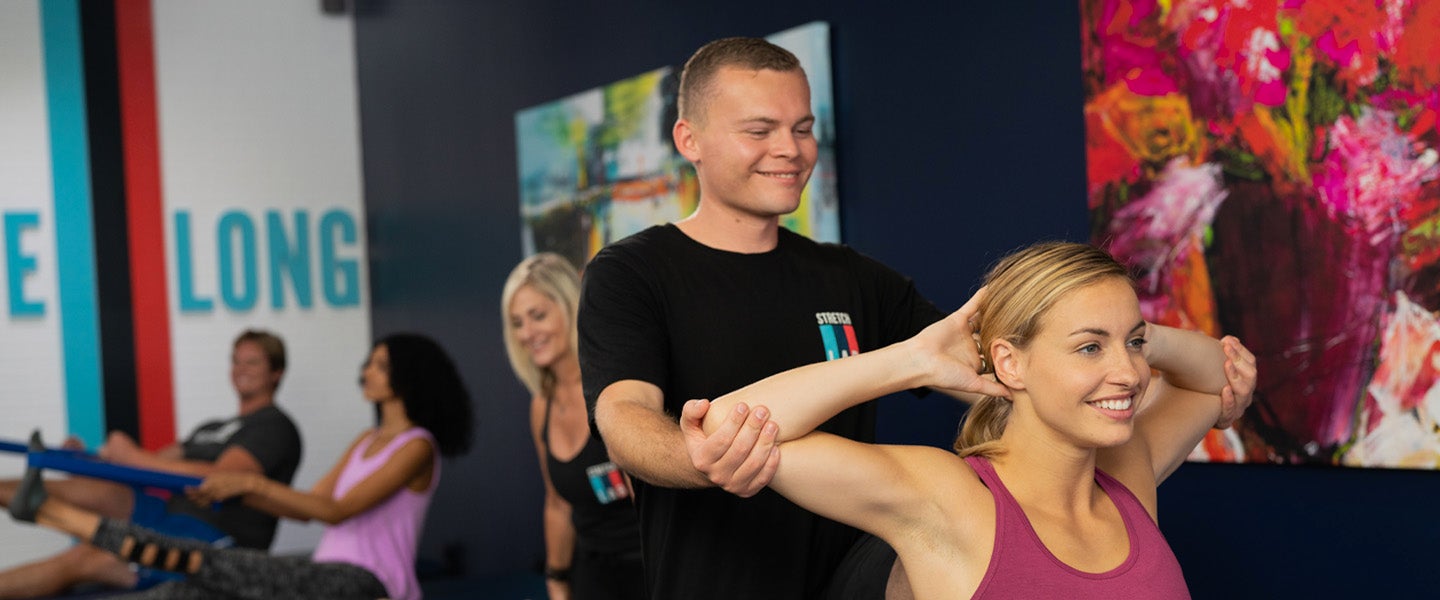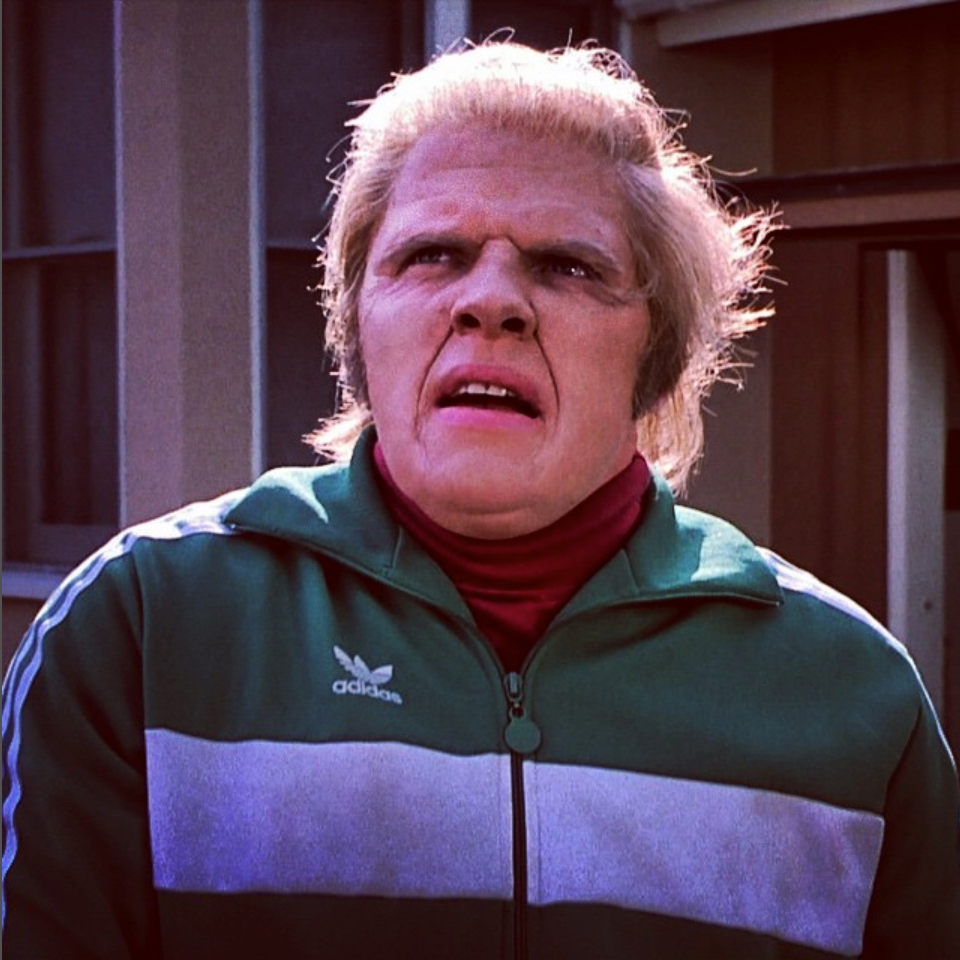Juan Ponce De León was a 16th-century Spanish explorer and conquistador, famous for both being the first governor of Puerto Rico, and for leading the first expedition of Europeans into what is now the state of Florida.
But besides all of that — and his predilection for violently putting down native rebellions — the man who has come to be known in the annals of history as Ponce de León was far more famous, apocryphally, for his obsession with the la Fuente De La Juventud, i.e., the Fountain of Youth, a mythical life-giving spring first described by the Greek historian Herodotus that Ponce de León was convinced was somewhere in the Sunshine State.
Now, I’m not giving you this extremely abridged history lesson because I too am obsessed with the Fountain of Youth — I’m not. In fact, I’m more or less fine with the fact that I’m getting older, slower and rounder. But I’ve noticed, both in my life and the lives of people close to me, how getting older can begin to drastically limit what your body can and cannot do — especially in regard to mobility.
So me being me, a former collegiate water-polo player and a guy who if the Fountain of Youth dropped in his lap he’d happily start swimming laps in the stuff, I’m not going to turn my nose up at an opportunity to recapture the youthful mobility I enjoyed in my early 20s.
Which brings me to StretchLab, a relatively new 1-on-1 stretching studio that has become uber-popular with celebrities like Gwyneth Paltrow, and what I hoped would be my personal fountain of youth in my quest to move like I used to when I was in peak physical shape. Could getting stretched to the point of pain be the key?
Only one way to find out.
The Problem: I’m not as limber as I used to be.
The Alleged Cure-All: StretchLab, a now-nationwide collection of assisted stretching studios founded in Venice, California, back in 2015. For $39 for a 25-minute session, or $75 for a 50-minute session, one of StretchLab’s certified flexologists will tie you into a pretzel (not really) and push your shoulders, hamstrings, bis, tris and basically every other muscle in your body to their stretched-out limits.
A StretchLab studio consists of rows of individual stations, each with a rectangular, padded bench that participants lie upon during their sessions. There are cubby holes in these custom benches for your belongings, as well as a shelf for your stretch-sesh’s various accoutrements, like foam half-rollers and stretch bands.
The idea, as StretchLab sees it, is that stretching is the key to living a healthier life; stretching promotes increased mobility and flexibility, prevents injury and can ease or eliminate the pains that go hand-in-hand with an aging body. And, as powerful a tool as it is, stretching works even better when it’s assisted. That, my friends, is because of something called Proprioceptive Neuromuscular Facilitation.
StretchLab Pro Tip #1: If you care about the well-being of your flexologist, don’t go barefoot — no one wants to touch your sweaty-ass feet.
What the Science Says: The basic science behind stretching is that our muscles are more elastic when they’re warm. That elasticity is something that can be trained, over time, by repetitive extending and contracting of the muscles, increasing range of motion, increasing blood flow and preventing catastrophic failure of our muscles that might come with stressing them when they’re tight.
Where StretchLab differs from, say, the kind of static, solo “touch your toes and hold for 10 seconds” stretching you either do everyday before working out or that you did all the way back in P.E. class in the 7th grade, is the application of the aforementioned Proprioceptive Neuromuscular Facilitation, or PNF. It’s an “advanced” method of stretching where you hold, extend and contract a muscle group repeatedly in order to achieve a deeper, more effective stretch.
Unfortunately, stretching, PNF included, is one of those things where the science doesn’t entirely back up what, anecdotally, most of us assume is fact. Plenty of research has been conducted on the efficacy of stretching; most of it, though, has found that it has little or no impact on “warming you up, preventing soreness or injury, enhancing performance or physically changing muscles.”
However, if you talk to an athlete, especially runners, they’ll tell you that stretching is an invaluable tool for maintaining healthy muscles and joints, which is probably why runners are some of StretchLab’s most typical clients. And, if you talk to seniors — another typical StretchLab client — they’ll tell you that keeping a stretch routine has allowed them to stay more mobile, longer, and has reduced joint pain.
All of which is to say, like expectant mothers burning sticks of mugwort near their toes to turn breech babies, there might not be scientific proof that stretching works, but that doesn’t stop people from swearing by it.
StretchLab Pro Tip #2: Wear either sweatpants or compression shorts under your bottoms — your legs will be in the air, and no one wants a ticket to the “junk” show.
The Experience: The first thing I noticed walking into the StretchLab studio on Rose Avenue, in Venice was how empty it was. Surprising, given how much I had heard about the 1-on-1 stretching class, and given the nouveau-riche area’s penchant for getting hyped on whatever “cool” new fad was occupying retail space nearby. Granted, StretchLab has been in the neighborhood for a few years now, but I expected it to be full of “what do they do all day?” Venetians getting their flex on, like you might find in Venice’s many yoga and pilates studios.
But it wasn’t, and for that, I was grateful, because I’m kind of a goof when it comes to “working out” (having no frame of reference for what to expect, I expected to break some sort of sweat). So the idea that no one else, really, would see me and my futile attempts to limber up was a check mark in the “plus” column.
For my initial visit, I had signed up online for a 25-minute session, and I was greeted by a young, fit employee named Natalie who announced to me that she’d be my “flexologist” for the next 25 minutes, and that I should park myself on one of StretchLab’s custom stretching benches. I had worn my workout shoes, but she told me to take them off and I immediately began stress-sweating about the fact that the socks I was wearing had been on my feet all day, and probably smelled to that effect. When I brought up that fact to her out of embarrassment, she told me not to worry, that at least I was wearing socks, and that it came with the territory. Phew!
Lying on my back with my head resting comfortably on a little rubber pillow, Natalie asked why I had come in that day. I explained that I was a former college athlete who’s lost a step in the flexibility department, after one rather catastrophic knee surgery and a few years of not taking my fitness seriously, and that I was hoping StretchLab would be my fountain of youth.
Over the next 25 minutes and armed with my hopes, dreams and desires to one day be able to do the splits, leap over a short wall or even just touch my toes like I could when I was 20, Natalie pushed, kneaded and stretched muscles from my calves all the way up to my neck. Thankfully, she was always certain to ask where my comfort level was on a scale from 1-to-10, 1 being comfortable and 10 being my breaking point, with the hope of being around a 6 or a 7.
Natalie never called out specifically when she was doing PNF, but in almost every exercise she would have me extend whatever body part she was working against her weight as I breathed in, and then contract as I breathed out; the result of which was a deeper stretch on each contraction, and my range of motion increasing before my very eyes.
During all my sessions at StretchLab, amid stretches my flexologist and I would make small talk, which I used as a sort of mini-interview to understand more about StretchLab and how to glean whether it was “working.” Among the things I learned is that, unlike a lot of studio classes, men are StretchLab’s most common clients, a fact that became more and more apparent each time I stopped in. Also, according to more than one of my flexologists, clients often see results — i.e., increased range of motion and flexibility — in as little as one or two sessions, but if I wanted to be able to do the splits, I’d need to be in studio constantly, with more work at home.
When my initial session wrapped, two thoughts came to mind: One, that my fears that StretchLab was going to require even a modicum of strenuous effort on my part were unfounded; and two, that I felt really good, much like how it feels when you’re done working out in the gym, but minus the sweat and gym-equipment stank.
Measuring success when it comes to StretchLab is difficult; I didn’t walk in that first day with any pain, so judging the workouts for their ability to prevent it was out of the question. I also wasn’t entirely sure how to measure joint flexibility. But after each session I would go home to see how much closer I was getting to touching my toes, and while I may not have noticed much difference after the first two, by my fifth session I absolutely was wiggling my little piggies all the way home.
Best StretchLab Stretch: My quads. I don’t think my ankles have gotten that close to my butt in a decade. Maybe my goal of becoming a catcher for the Dodgers isn’t the pipe dream my high school guidance counselor said it’d be?
The Takeaway: My experience at StretchLab, in my opinion, was a success. I went in hoping for a quick, easy means to work on my flexibility in an effort to recapture that “I can do anything” feeling from my youth, and while I may not be bounding over tall buildings any time soon, the fact that I was able to realize increased range of motion in only a few sessions makes me think that, with additional, diligent studio-work, I could get there.
All in all, I’d definitely recommend StretchLab to people like me simply looking to become more limber, or for older folks who are starting to notice that getting around town or up-and-down stairs is becoming more difficult.
But then again, I’m not sure this was the Fountain of Youth Ponce de León was looking for.
Jeff’s Rating: 7/10

